How Long Does Double Concentrated Tomato Paste Last After Opening?
Double concentrated tomato paste is a pantry staple, offering intense flavor efficiency. Once opened, however, its shelf life diminishes significantly. Understanding proper storage and spoilage indicators is crucial for food safety and minimizing waste.
Key Shelf Life After Opening
- Refrigerated: Properly stored double concentrated tomato paste typically lasts 5 to 7 days in the refrigerator. This is the general recommendation from food safety authorities like the USDA for opened tomato-based products.
Essential Storage Guidelines Maximizing this 5-7 day window requires strict adherence to these steps:
- Immediate Refrigeration: Transfer the opened can or tube to the refrigerator immediately after use. Do not leave it at room temperature for extended periods.
- Airtight Container: Transfer the paste from its original packaging (especially cans) to an airtight, non-reactive container (like glass or plastic food storage). Minimizing exposure to air is critical to slow oxidation and mold growth.
- Surface Protection: Before sealing the container, smooth the surface of the paste and pour a thin layer (about 1/8 inch / 3mm) of a neutral oil (like olive or vegetable oil) over the top. This creates a temporary barrier against air. Alternatively, scoop the paste into a freezer bag, flatten it, and press out all air before sealing.
- Consistent Temperature: Ensure your refrigerator maintains a consistent temperature at or below 40°F (4°C).
Identifying Spoilage Discard opened double concentrated tomato paste immediately if you observe any of these signs, regardless of the time elapsed:
- Visible Mold: Any fuzzy spots (white, green, black) on the surface or sides. Do not attempt to scrape off mold; mycotoxins can penetrate the paste.
- Off Odors: Sour, fermented, alcoholic, or otherwise unpleasant smells that differ from its normal tangy tomato aroma.
- Significant Color Change: Dramatic darkening beyond its usual deep red, or development of unusual hues like grey or brown patches.
- Texture Changes: Excessive dryness, hardening, or the presence of liquid separation that looks abnormal.
- Bubbling or Fermentation: Signs of active gas production.
Why the Short Fridge Life? Despite its acidity and low water activity, opening exposes the paste to air (oxygen), moisture, and potential contaminants from utensils or the environment. Refrigeration slows but doesn't halt spoilage organisms. The high concentration makes it less perishable than diced tomatoes, but significantly more vulnerable than its unopened shelf-stable state.
Freezing: A Practical Alternative For longer-term storage beyond a week, freezing is highly effective:
- Portion unused paste into practical amounts (e.g., teaspoon or tablespoon dollops on parchment paper, or ice cube trays).
- Freeze solid.
- Transfer frozen portions to an airtight freezer bag or container.
- Frozen Paste: Lasts up to 3-4 months for best flavor and quality. Thaw needed portions in the refrigerator before use.
Refrigeration is non-negotiable for opened double concentrated tomato paste, and its post-opening lifespan is limited. Always adhere to the 5-7 day guideline for refrigerated paste stored in an airtight container. Vigilance for spoilage signs is essential. When in doubt about the paste's safety based on appearance, smell, or storage time, err on the side of caution and discard it. Freezing surplus paste promptly after opening is the safest strategy for extending usability. Proper handling ensures you get the most flavor and value from this versatile ingredient safely.
For exclusive discounts and the latest offers, please enter your address and information below.

 EN
EN  English
English Français
Français 中文简体
中文简体

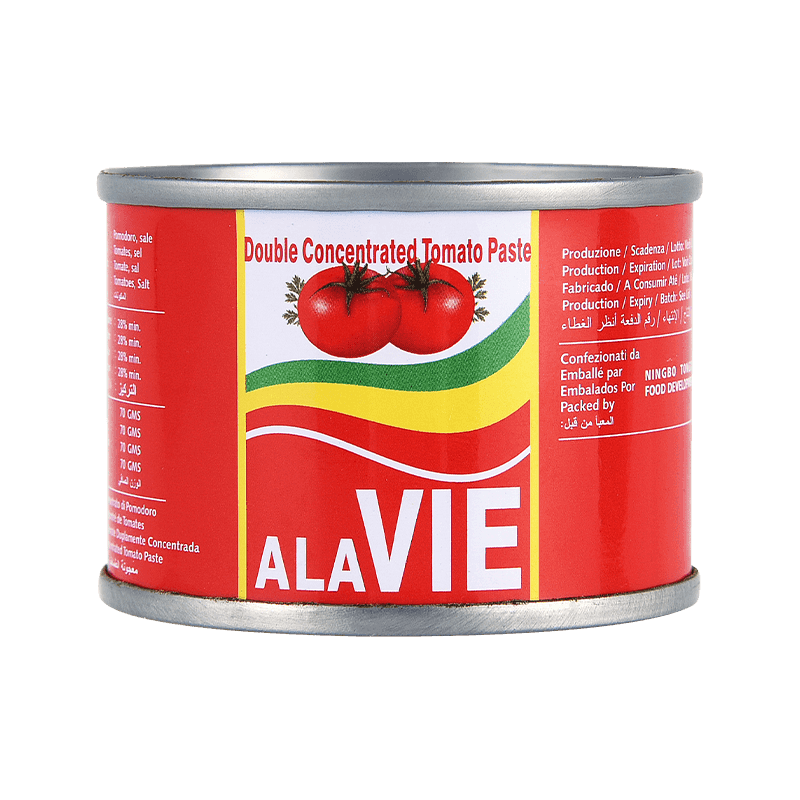
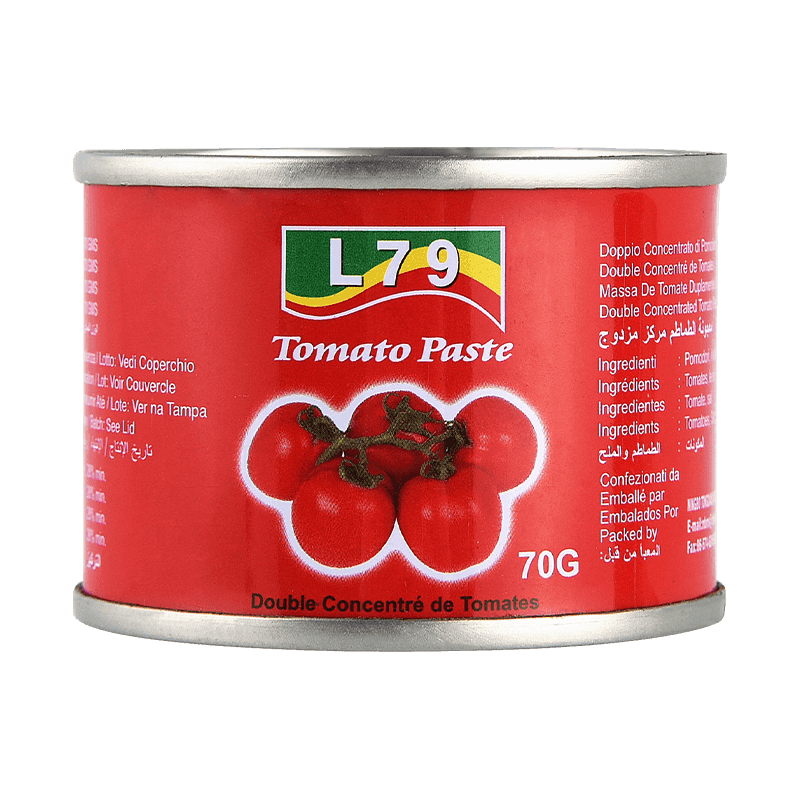
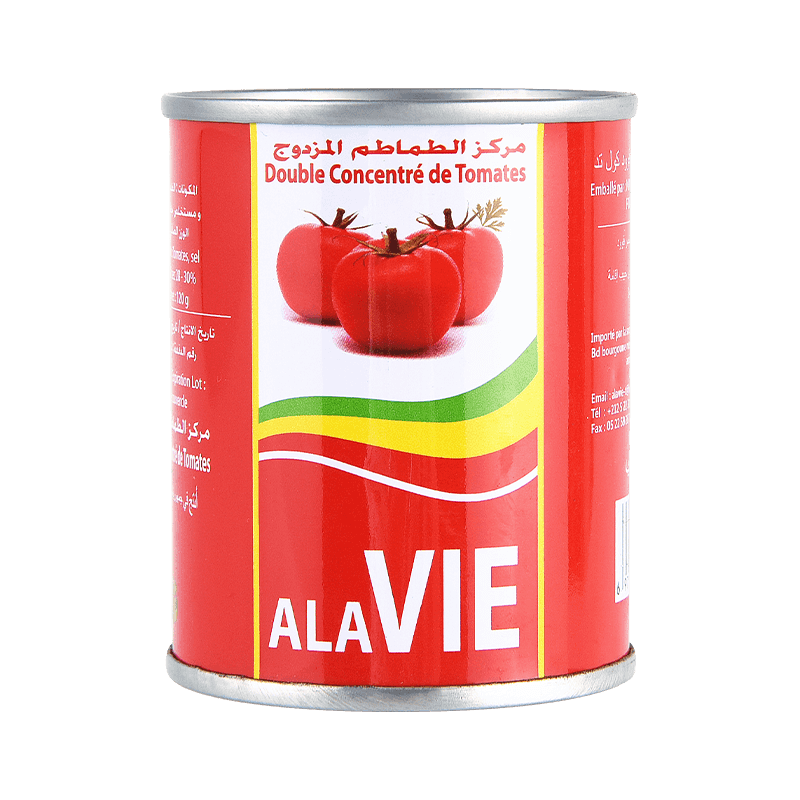
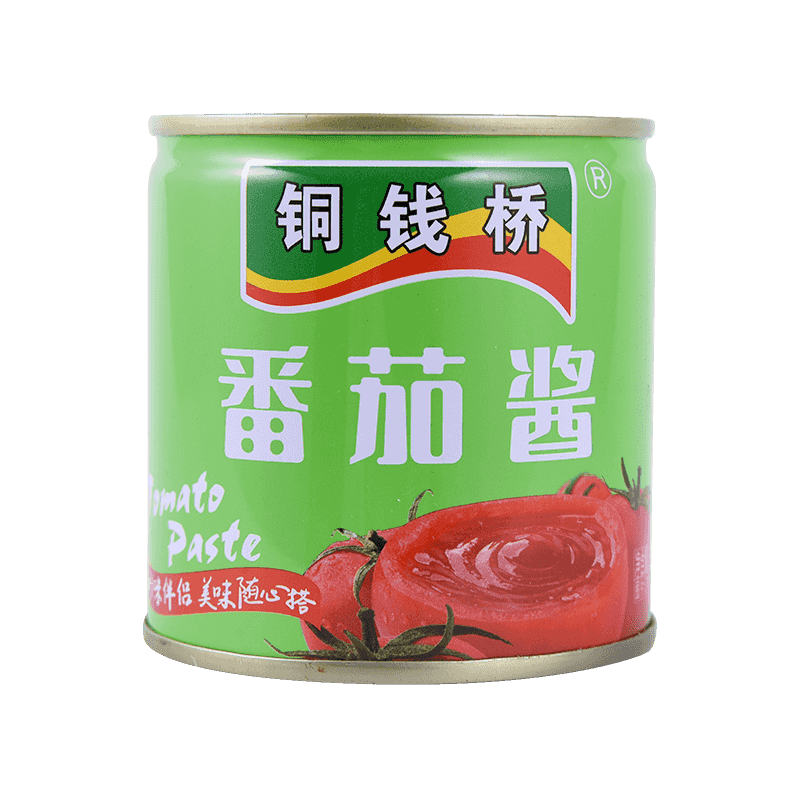
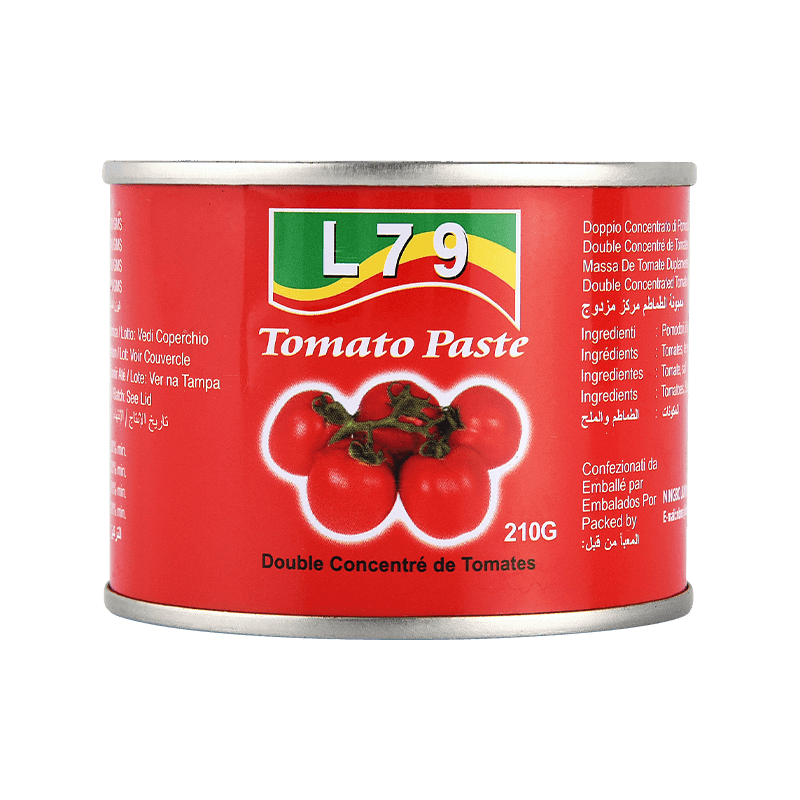
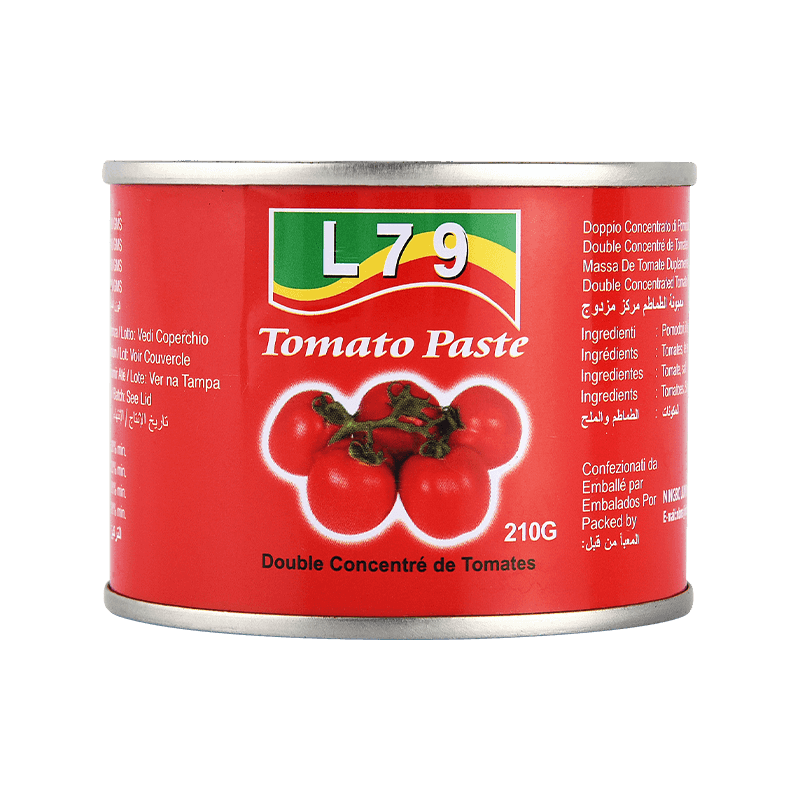
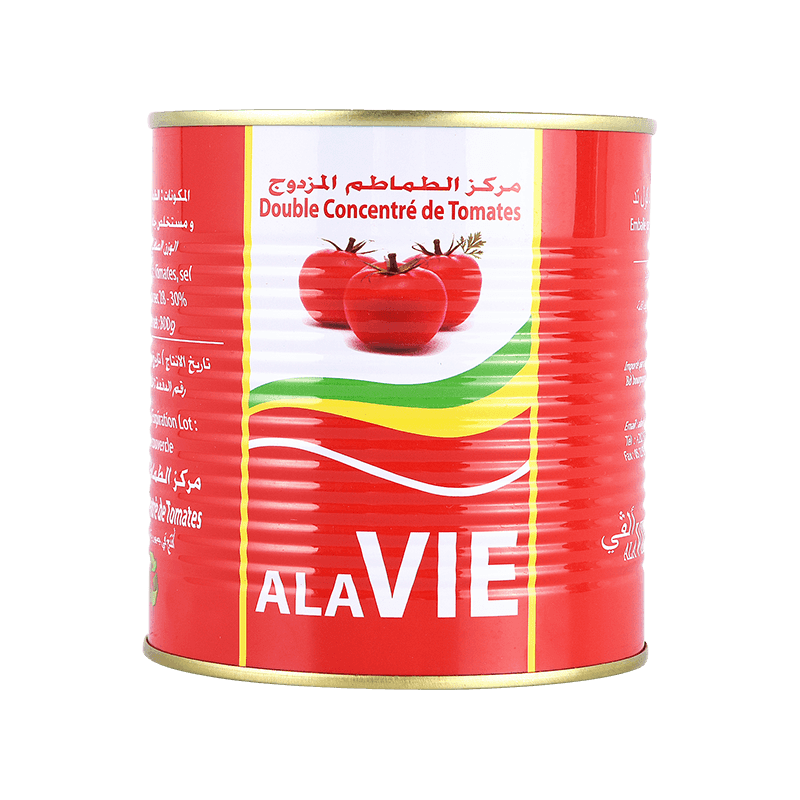
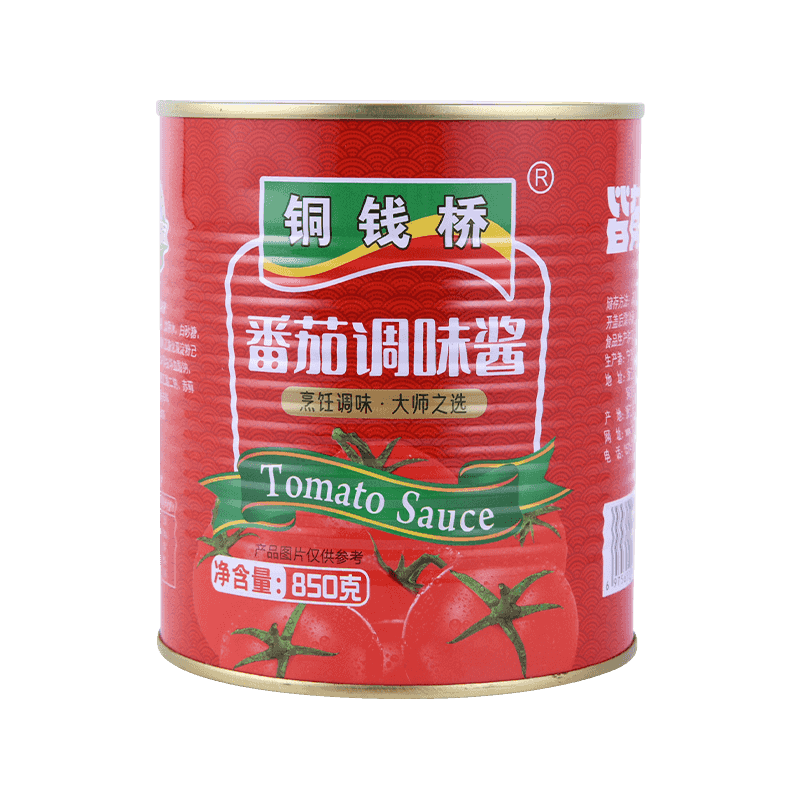
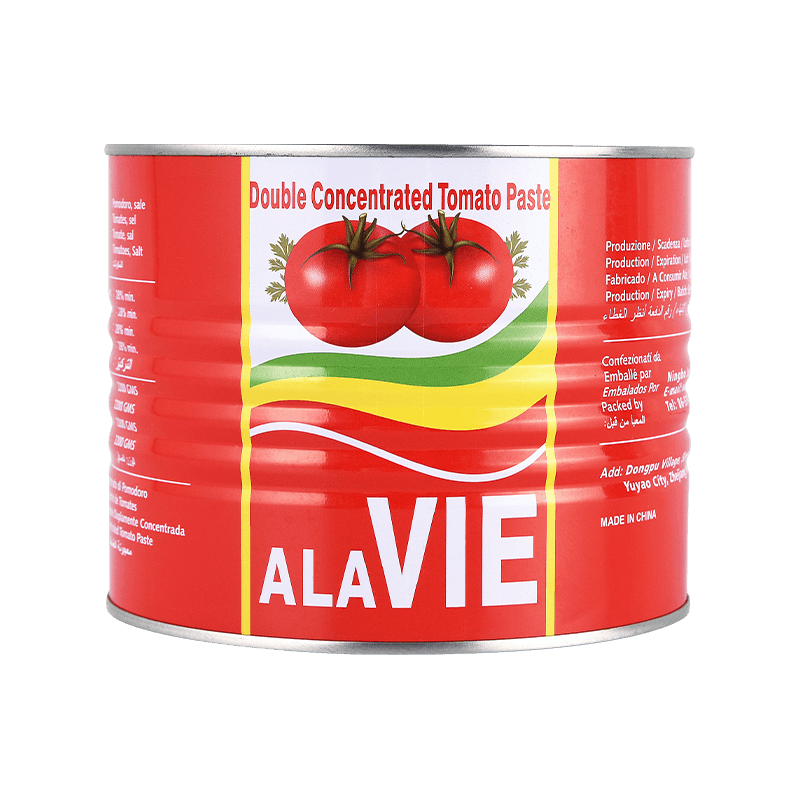

 No.1 Tongqianqiao Road, Dongpu Village, Simen Town, Yuyao, Zhejiang Province
No.1 Tongqianqiao Road, Dongpu Village, Simen Town, Yuyao, Zhejiang Province  nbms@nbtomato.com
nbms@nbtomato.com 
